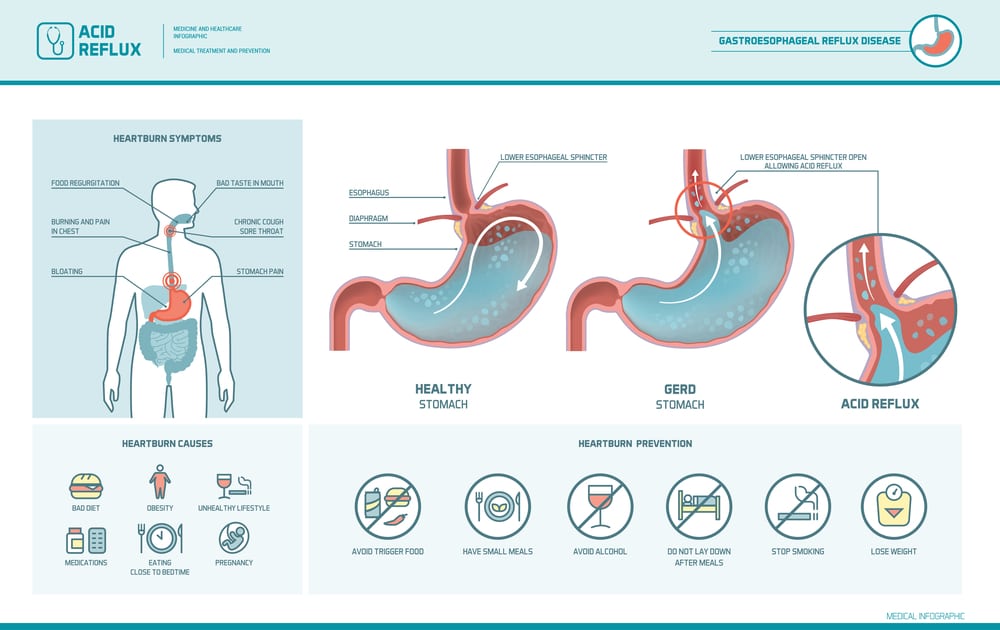VA Benefits for Shrapnel Injuries
If you experienced a gunshot wound or injury from an explosive during military service, you may have shrapnel wounds. Veterans who were on the front line of military combat may be especially vulnerable to these types of injuries. While it may be difficult to prove your claim, United States veterans with shrapnel injuries may be eligible for benefits through the VA.
What is Shrapnel?
Shrapnel is any sharp fragments or shards from a bomb, shell, explosion, or gunfire. The term was originally coined after General Henry Shrapnel, a British army lieutenant and inventor of the long-range artillery shell. Shrapnel can be from the explosive itself or come from other items timed to burst short of impact or on impact including land mines and smart bombs. Fragmentations from explosives or shells that are sharp and can pierce the body are in general referred to as shrapnel. These are often metal fragments.

What Are Shrapnel Wounds?
Shrapnel wounds occur when the metal from the explosive pierces a person’s skin and causes damage. The types of damage can be as varied as the types of shrapnel. Bombs or bullets filled with other pieces of metal or made with caustic materials or heavy metals are now used in some areas of modern warfare. Most common are those from gunshot or shell fragments. These high-velocity fragments can cause skin and muscle damage. Most of these wounds require debridement from an emergency medical provider.
However, the damage is increased when a fragment becomes embedded and can cause further damage by the material it is made from or movement inside the body.
Types of Shrapnel Wounds
The most important first step is to determine the type of wound and the extent of the damage. A shrapnel wound from years ago may have been written off as something that healed, but the effects may be felt years later. Fragment injuries can cause several types of injuries. The most common are muscle and nerve injuries. Muscle injuries and symptoms include:
- Loss of power
- Weakness
- Uncertainty of movement
- Fatigue or pain
- Impairment of coordination
Toxic Embedded Injuries can cause damage due to the nature of their material and movement within the body. Toxic embedded fragments are metal or other materials such as plastic that stay in the body. They are considered toxic because the material they are made of may be harmful in other ways. For example, many OED/OID/ND veterans were exposed to shrapnel made with depleted uranium due to the use of armor-piercing materials.

A piece of shrapnel made of materials caustic to the human body, can dissolve and travel through the bloodstream causing harm to other areas of the body such as organs or the brain. These toxins can usually be detected in a urine screening.
Effects of Foreign Bodies in Humans
Shrapnel wounds that leave foreign materials behind can cause an array of problems, but it is often difficult to determine the level of effects for many years. A metal shell fragment may cause increased muscle or nerve damage over the years, infection, or pain. Embedded toxic shrapnel can lead to infection or inflammation at the wound site, exposure to chemicals or heavy metals based on what the shrapnel material is, and potential damage to organs or other body systems.
Embedded fragments with depleted uranium can possibly lead to kidney damage, lung or bone cancers, or leukemia.
Shrapnel Sickness is a term used to describe the effects of toxic embedded shrapnel health effects. Monitoring of Gulf War vets showed elevated levels of lead, copper, and cadmium, in the urine of over 8,000 veterans in the registry. As these metals disintegrate, they can cause problems such as cardiac, liver, reproductive, blood, nervous system, kidney, and gastrointestinal conditions. Cadmium, arsenic, chromium, and lead – also found in shrapnel fragments, are known carcinogens.

Can you Get VA Benefits for Shrapnel Wounds?
Yes, it is possible! Most shrapnel wounds are rated under muscle injuries on the basis as follows (more detailed outline here):
SLIGHT Muscle Disability
- A simple wound without infection or debris (bits of bone, shrapnel, etc.).
MODERATE Muscle Disability
- A through-and-through or deep penetrating wound without serious infection or debris.
- The presence of signs and symptoms.
- Small scars loss of muscle tone or substance.
MODERATELY SEVERE Muscle Disability
- A through-and-through or deep penetrating wound with debris, prolonged infection, and the development of limiting scar tissue in the muscles.
SEVERE Muscle Disability
- A through-and-through or deep penetrating wound with shattered bones and lots of debris, prolonged infection, and seriously limiting scarring in the muscles. However, there are other secondary conditions to consider as well:
- Scars: can be rated based on size and whether there is pain
- Arthritis: if the injury later causes strain leading to arthritis in the joint
- Painful motion: when there is no loss of motion but pain, a minimum 10% rating can be awarded

If there is a toxic embedded fragment and a veteran feels that it has caused other damage in their body, a doctor’s opinion would be required to provide a nexus between the type of fragment embedded and the conditions being claimed. Unfortunately, these are difficult to prove but not impossible.
Call us for a free evaluation of your case if you have suffered from a shrapnel wound and do not feel you are getting just compensation.




